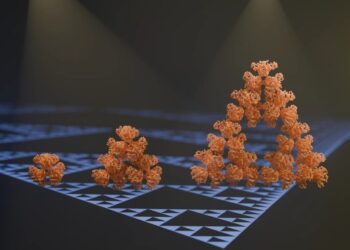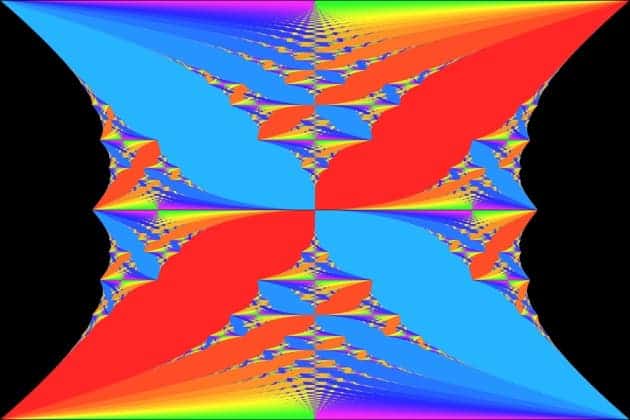What’s halfway between 1 and 9? If you’re like most people, you’d answer 5 or 4.5 – which is fine. But if you take a 6 year old kid on the other hand and ask him the same question, the odds are he’ll answer 3.
According to a recent study, the great majority of children and illiterate people will answer “3” to this question, and it’s quite likely there’s a solid evolutionary reason behind that. The reason, as strange (and speculative) as it is, is that our neural circuits are evolved to count logarithmically rather than linearly. If you know what logarithms are, you’ll probably find this ironic because most people really struggle to learn them. If you don’t know, here’s the quick info.
According to Wikipedia, the logarithm of a number is the exponent by which another fixed value, the base, has to be raised to produce that number. Complicated, huh? Just imagine the number 1.000. The logarithm of 1000 in base 10 is 3, because 10 to the 3rd power is 1000. The logarithm of 10.000 in base 10 is 4, because it’s 10 to the 4th power, but in base 100 it’s 2, because it’s 100 to the second power. Therefore, 3 would be halfway to 9 because 3 in the base of three is 1, and 9 in the base of three is 2(31=3 and 32=9).
Logarithms have a huge number of applications to the natural world, and many mathematicians are studying how they elegantly describe all sort curves and spirals, such as fractal patterns, ratios between musical octaves and, most famously, the golden ratio itself. Following this line, it can be circumstantially inferred that logarithms are hardwired into our sensory pathways – this is quite a speculative leap, but one that definitely has something going for it.
Researchers from MIT’s Research Laboratory of Electronics (RLE) employed the techniques used in information theory to demonstrate that, “given certain assumptions about the natural environment and the way neural systems work, representing information logarithmically rather than linearly reduces the risk of error“. To me, this seems logical from an evolutionary point of view as well: if you’re thinking logarithmically rather than linearly, you’re more likely to do well, and therefore your genes would spread accordingly. The work was led by John Sun, a graduate student.
Source: MIT News
The results were published in the Journal of Mathematical Psychology







